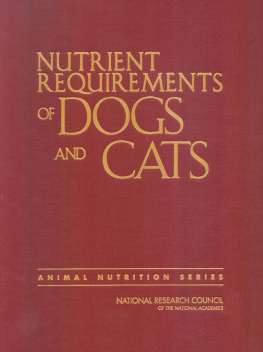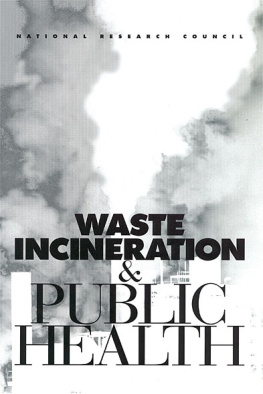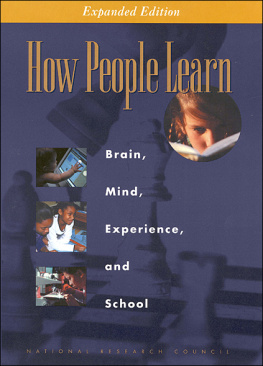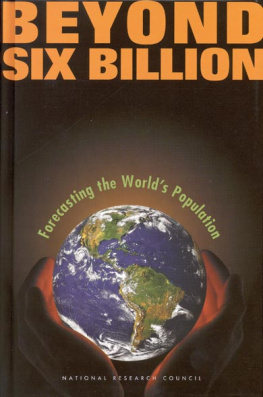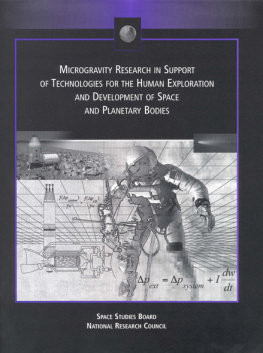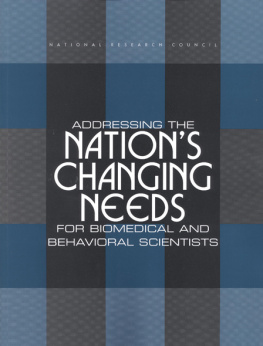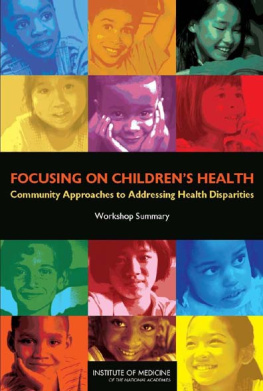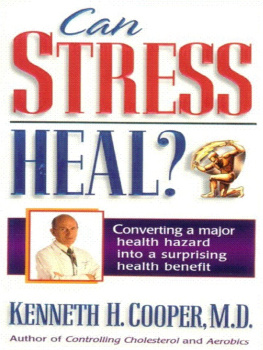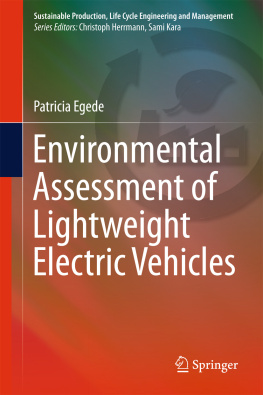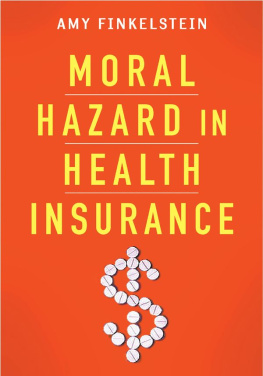National Research Council - REVIEW OF THE U.S. NAVY ENVIRONMENTAL HEALTH CENTER’S HEALTH-HAZARD ASSESSMENT PROCESS
Here you can read online National Research Council - REVIEW OF THE U.S. NAVY ENVIRONMENTAL HEALTH CENTER’S HEALTH-HAZARD ASSESSMENT PROCESS full text of the book (entire story) in english for free. Download pdf and epub, get meaning, cover and reviews about this ebook. year: 2000, publisher: NATIONAL ACADEMY PRESS, genre: Politics. Description of the work, (preface) as well as reviews are available. Best literature library LitArk.com created for fans of good reading and offers a wide selection of genres:
Romance novel
Science fiction
Adventure
Detective
Science
History
Home and family
Prose
Art
Politics
Computer
Non-fiction
Religion
Business
Children
Humor
Choose a favorite category and find really read worthwhile books. Enjoy immersion in the world of imagination, feel the emotions of the characters or learn something new for yourself, make an fascinating discovery.

- Book:REVIEW OF THE U.S. NAVY ENVIRONMENTAL HEALTH CENTER’S HEALTH-HAZARD ASSESSMENT PROCESS
- Author:
- Publisher:NATIONAL ACADEMY PRESS
- Genre:
- Year:2000
- Rating:3 / 5
- Favourites:Add to favourites
- Your mark:
- 60
- 1
- 2
- 3
- 4
- 5
REVIEW OF THE U.S. NAVY ENVIRONMENTAL HEALTH CENTER’S HEALTH-HAZARD ASSESSMENT PROCESS: summary, description and annotation
We offer to read an annotation, description, summary or preface (depends on what the author of the book "REVIEW OF THE U.S. NAVY ENVIRONMENTAL HEALTH CENTER’S HEALTH-HAZARD ASSESSMENT PROCESS" wrote himself). If you haven't found the necessary information about the book — write in the comments, we will try to find it.
National Research Council: author's other books
Who wrote REVIEW OF THE U.S. NAVY ENVIRONMENTAL HEALTH CENTER’S HEALTH-HAZARD ASSESSMENT PROCESS? Find out the surname, the name of the author of the book and a list of all author's works by series.
REVIEW OF THE U.S. NAVY ENVIRONMENTAL HEALTH CENTER’S HEALTH-HAZARD ASSESSMENT PROCESS — read online for free the complete book (whole text) full work
Below is the text of the book, divided by pages. System saving the place of the last page read, allows you to conveniently read the book "REVIEW OF THE U.S. NAVY ENVIRONMENTAL HEALTH CENTER’S HEALTH-HAZARD ASSESSMENT PROCESS" online for free, without having to search again every time where you left off. Put a bookmark, and you can go to the page where you finished reading at any time.
Font size:
Interval:
Bookmark:
REVIEW OF THE U.S. NAVY ENVIRONMENTAL HEALTH CENTERS HEALTH-HAZARD ASSESSMENT PROCESS
Subcommittee on Toxicological Hazard and Risk Assessment
Committee on Toxicology
Board on Environmental Studies and Toxicology
Commission on Life Sciences
National Research Council
NATIONAL ACADEMY PRESS
Washington, D.C.
NATIONAL ACADEMY PRESS
2101 Constitution Ave., N.W.
Washington, D.C.20418
NOTICE: The project that is the subject of this report was approved by the Governing Board of the National Research Council, whose members are drawn from the councils of the National Academy of Sciences, the National Academy of Engineering, and the Institute of Medicine. The members of the committee responsible for the report were chosen for their special competences and with regard for appropriate balance.
This project was supported by Contract Nos. DAMD17-89-C-9086 and DAMD17-99-C-9049 between the National Academy of Sciences and U.S. Army. Any opinions, findings, conclusions, or recommendations expressed in this publication are those of the author(s) and do not necessarily reflect the view of the organizations or agencies that provided support for this project.
ISBN 0-309-18375-8 e-pub ISBN
International Standard Book Number 0-309-07147-X
Additional copies of this report are available from:
National Academy Press 2101 Constitution Ave., NWBox 285 Washington, DC 20055
800-624-6242202-334-3313 (in the Washington metropolitan area)
http://www.nap.edu
Review of the U.S. Navy Environmental Health Centers Health-Hazard Assessment Process
National Academy of Sciences
National Academy of Engineering
Institute of Medicine
National Research Council
The National Academy of Sciences is a private, nonprofit, self-perpetuating society of distinguished scholars engaged in scientific and engineering research, dedicated to the furtherance of science and technology and to their use for the general welfare. Upon the authority of the charter granted to it by the Congress in 1863, the Academy has a mandate that requires it to advise the federal government on scientific and technical matters. Dr. Bruce M. Alberts is president of the National Academy of Sciences.
The National Academy of Engineering was established in 1964, under the charter of the National Academy of Sciences, as a parallel organization of outstanding engineers. It is autonomous in its administration and in the selection of its members, sharing with the National Academy of Sciences the responsibility for advising the federal government. The National Academy of Engineering also sponsors engineering programs aimed at meeting national needs, encourages education and research, and recognizes the superior achievements of engineers. Dr. William A. Wulf is president of the National Academy of Engineering.
The Institute of Medicine was established in 1970 by the National Academy of Sciences to secure the services of eminent members of appropriate professions in the examination of policy matters pertaining to the health of the public. The Institute acts under the responsibility given to the National Academy of Sciences by its congressional charter to be an adviser to the federal government and, upon its own initiative, to identify issues of medical care, research, and education. Dr. Kenneth I. Shine is president of the Institute of Medicine.
The National Research Council was organized by the National Academy of Sciences in 1916 to associate the broad community of science and technology with the Academys purposes of furthering knowledge and advising the federal government. Functioning in accordance with general policies determined by the Academy, the Council has become the principal operating agency of both the National Academy of Sciences and the National Academy of Engineering in providing services to the government, the public, and the scientific and engineering communities. The Council is administered jointly by both Academies and the Institute of Medicine. Dr. Bruce M. Alberts and Dr. William A. Wulf are chairman and vice chairman, respectively, of the National Research Council.
ROGENEHENDERSON
(CHAIR),
Lovelace Respiratory Research Institute, Albuquerque, New Mexico
GERMAINE M. BUCK,
University at Buffalo, State of New York
JACK H. DEAN,
Sanofi-Synthelabo, Inc., Malvern, Pennsylvania
KEVIN E. DRISCOLL,
Proctor and Gamble Pharmaceuticals, Cincinnati, Ohio
DAVID W. GAYLOR,
U.S. Food and Drug Administration, Jefferson, Arkansas
JUDITH A. GRAHAM,
U.S. Environmental Protection Agency, Research Triangle Park, North Carolina
JOHN L. ODONOGHUE,
Eastman Kodak Company, Rochester, New York
ROBERT SNYDER,
Rutgers University, Piscataway, New Jersey
BERNARD M. WAGNER,
Consultant,
Short Hills, New Jersey
ANNETTA P. WATSON,
Oak Ridge National Laboratory, Oak Ridge, Tennessee
HANSPETER R. WITSCHI,
University of California, Davis, California
Staff
KULBIR S. BAKSHI,
Project Director
ROBERT J. CROSSGROVE,
Editor
MIRSADA KARALIC-LONCAREVIC,
Information Specialist
TANYA LEE,
Acting Project Assistant
Sponsor
U.S. DEPARTMENTOF DEFENSE
BAILUS WALKER, JR.
(Chair),
Howard University Medical Center and American Public Health Association, Washington, D.C.
MELVIN E. ANDERSEN,
Colorado State University, Denver, Colorado
GERMAINE M. BUCK,
University at Buffalo, State of New York
ROBERT E. FORSTER II,
University of Pennsylvania, Philadelphia, Pennsylvania
PAUL M.D. FOSTER,
Chemical Industry Institute of Toxicology, Research Triangle Park, North Carolina
WILLIAM E. HALPERIN,
National Institute for Occupational Safety and Health, Cincinnati, Ohio
CHARLES H. HOBBS,
Lovelace Respiratory Research Institute and Lovelace Biomedical and Environmental Research Institute, Albuquerque, New Mexico
SAM KACEW,
Department of Pharmacology Faculty of Medicine and University of Ottawa, Ontario,Canada
NANCY KERKVLIET,
Oregon State University, Agricultural and Life Sciences, Corvallis, Oregon
FLORENCE K. KINOSHITA,
Hercules Incorporated, Wilmington, Delaware
MICHAEL J. KOSNETT,
University of Colorado Health Sciences Center, Denver, Colorado
MORTON LIPPMANN,
New York University School of Medicine, Tuxedo, New York
ERNEST E. MCCONNELL,
ToxPath, Inc., Raleigh, North Carolina
THOMAS E. MCKONE,
Lawrence Berkeley National Laboratory and University of California, Berkeley, California
HARIHARA MEHENDALE,
The University of Louisiana at Monroe, Monroe, Louisiana
DAVID H. MOORE,
Battelle Memorial Institute, Bel Air, Maryland
Font size:
Interval:
Bookmark:
Similar books «REVIEW OF THE U.S. NAVY ENVIRONMENTAL HEALTH CENTER’S HEALTH-HAZARD ASSESSMENT PROCESS»
Look at similar books to REVIEW OF THE U.S. NAVY ENVIRONMENTAL HEALTH CENTER’S HEALTH-HAZARD ASSESSMENT PROCESS. We have selected literature similar in name and meaning in the hope of providing readers with more options to find new, interesting, not yet read works.
Discussion, reviews of the book REVIEW OF THE U.S. NAVY ENVIRONMENTAL HEALTH CENTER’S HEALTH-HAZARD ASSESSMENT PROCESS and just readers' own opinions. Leave your comments, write what you think about the work, its meaning or the main characters. Specify what exactly you liked and what you didn't like, and why you think so.

